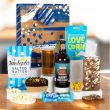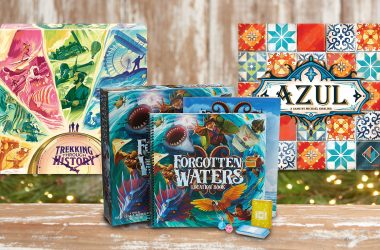Category pages are the spine of any e-commerce site. In fact, they’re one of the most important pages on the entire website. They give customers a reason to revisit your site and increase sales conversions by organizing your products into easy-to-find groups.
However, designing a category page also has many challenges that must be overcome to create an effective design. Your categories need to be easy to find on your site while still looking attractive and professional. Furthermore, they should allow customers to easily browse through groups of related products without making it seem too chaotic.
Here are four tips for designing an effective category page layout that will help you sell more products and create happy customers.
Easy to Navigate
Having an attractive and well-organized category page is the first step to attracting new customers. Don’t be afraid to list out every item under a specific category or subcategory. The more organized you are with your category hierarchy, the easier it will be for customers to navigate and find what they are looking for.
If possible, create a unique layout for your category page that does not appear on any other page of your site. It is important that every page has a “unique” feel to it so the customer can differentiate between each one easily.
Intuitive For Customers
A logical and intuitive hierarchy makes browsing easy. The most important determinant of success in e-commerce is how well customers can find what they are looking for on your website – every page needs to make it easy for customers to find exactly what they are looking for. An intuitive hierarchy is the most important factor in creating a successful high-converting web design. A logic hierarchy has a familiar structure that feels natural and allows the user to easily and quickly scan pages.
This is also a good time to verify that you have categories for every major type of item you sell on your site. You might be surprised at what was mistakenly left out during the first launch of the site.
Fonts and Colours
The fonts, colours and images you use on your category page are very important. They must match or be similar to those used in the theme of your website. If they are completely different, you might confuse our visitors and draw their attention away from your products.
Once you’ve decided what colours you want to use for your main page design, it’s time to pick out a font style. It will be important that the font style you choose matches up with your chosen layout.
Zooming in on products
Zooming in is great for grabbing attention. Another trick for zooming in on products is by using a technique called “reveal” where you highlight product categories to focus the customer on specific categories. This allows them to quickly find items that are of interest to them and can be used in many different ways on category pages.
Take an example of a computer store, you might have “Laptops” at the top; then reveal laptops by clicking on that category title which would display either notebooks or 2-in-1 computers below the category title. Another way to use this technique would be by zooming in on products that are currently being sold on your site, such as a product or item that is on sale.
Category Page Aims
Creating a category page is not about stuffing as much information as you can into a surprising number of pages. E-commerce sites need to go beyond just information and take advantage of the benefits that digital technology can provide. Therefore, these tips should allow your category page to help visitors find the content they are looking for quickly. If you want to have successful online businesses, the web design behind your category page needs to be both captivating and organized.









